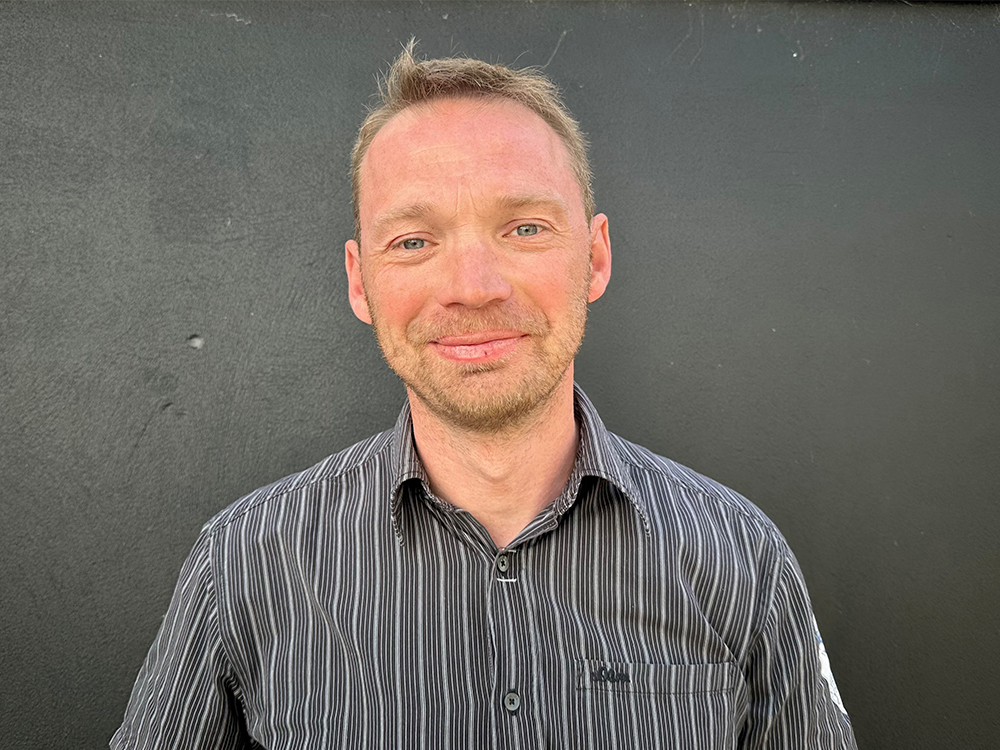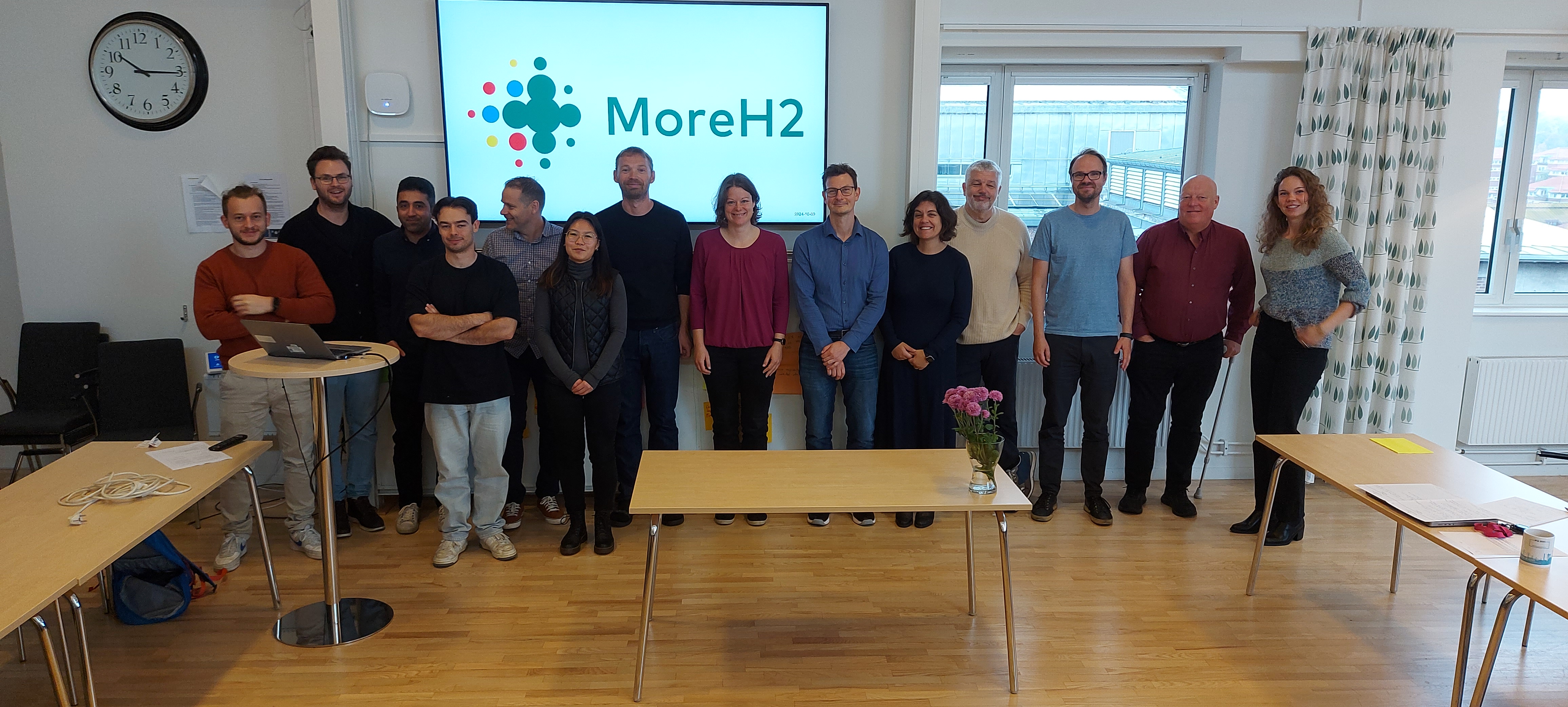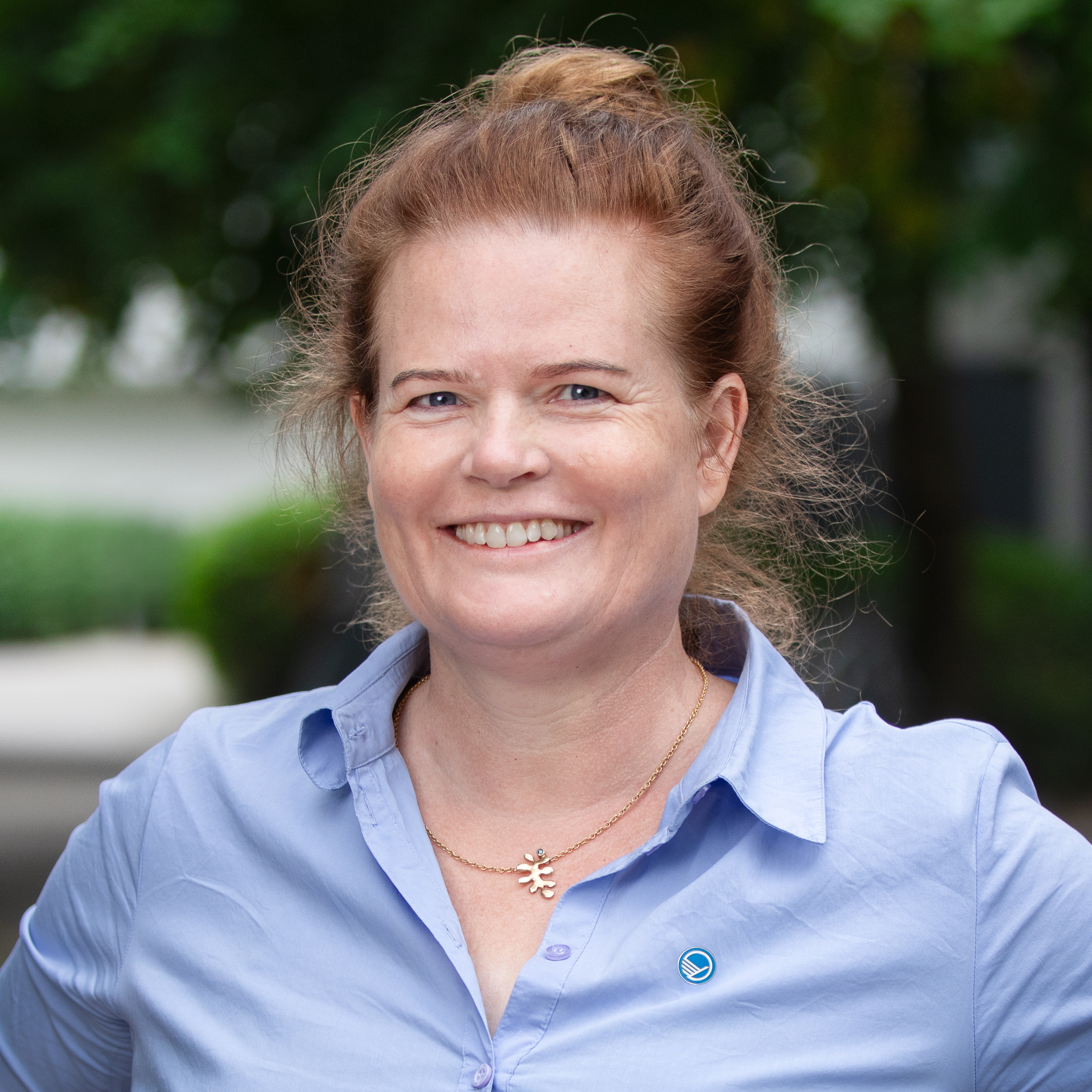
MoreH2 is set to pave the way for green hydrogen
Developing innovative options for low-carbon fuels is an important step towards decarbonisation. According to SINTEF, 96% of hydrogen production relies on fossil fuels, and achieving a green energy transition requires…
Developing innovative options for low-carbon fuels is an important step towards decarbonisation. According to SINTEF, 96% of hydrogen production relies on fossil fuels, and achieving a green energy transition requires a more sustainable option. Developing innovative options for producing green hydrogen and improving the cost and durability of electrolysis technologies is therefore part of the answer.
The objective of the MoreH2 project which is funded by Nordic Energy Research within the Nordic Grand Solutions Programme, is to accelerate the large-scale production of green hydrogen, a key component in the decarbonisation of sectors that currently rely on fossil energy, such as steel, chemical industries, and transportation. In particular, aviation, shipping, and long-haul road transport account for more than 21% of global CO2 emissions, according to Statista. It is therefore vital to prioritise sustainable solutions for these modes of transport in order to effectively tackle climate change. MoreH2 is committed to contributing to this issue by producing green hydrogen through electrolysis, using electricity to split water molecules into hydrogen and oxygen.
Creating a knowledge base for a sustainable and integrated region
Green hydrogen is produced by electrolysis and accounts for less than 1% of all hydrogen. Following the lates data from IEA (2023). At present, there are three electrolysis technologies for hydrogen production:
- Alkaline Water Electrolysis (AWE) is fully commercial and the benchmark any other technology must compete with. It has, however, several shortcomings, such as poor power density and poor flexibility in load balancing.
- Solid Oxide Electrolysis Cells (SOEC) and Proton Exchange Membrane Water Electrolysis (PEMWE) possess distinct advantages compared to AWE, if we overcome their two major challenges – cost and degradation. Both SOEC and PEMWE have the potential for large scale implementation in a few years.
MoreH2 seeks to accelerate green hydrogen production by complementing AWE with SOEC and PEMWE technologies, capitalising on their respective advantages in flexibility, efficiency, and power density.
Jan Froitzheim, Professor at Chalmers University of Technology and Project Manager of MoreH2, explains:
“We will focus on the production of green hydrogen, by improving the cost and durability of electrolysis technologies. Through close collaboration with a variety of partners in the Nordic countries, we’ll ensure that the technological advances are in line with the stakeholders’ needs and limitations. Thereby, MoreH2 seeks to create a knowledge base in the transition towards a sustainable and integrated region.”

Jan Froitzheim, Professor at Chalmers University of Technology and Project Manager of MoreH2.
In order to transition to fossil fuel-free hydrogen, one must implement electrolysis on a massive scale. In Sweden, the Swedish Energy Agency has identified the need for at least 5 GW of electrolysis capacity by 2030, while according to European Hydrogen Observatory Denmark aims for 4–6 GW by 2030. The Finnish government, however, has set out a goal to produce 10% of EUs green hydrogen, which will approximately 1MT by 2030.
“The production capacity of hydrogen is a huge bottleneck, and the integration of this new energy carrier poses several societal, economic, and technological challenges along the whole value chain. Our project aims to make green hydrogen available on a large scale,” says Froitzheim.
The MoreH2 plan

Project participants during workshops in Göteborg in October 2024.
In the beginning of October, MoreH2 had two internal workshops to enhance understanding of the project’s analytical methods.
”One of the challenges in MoreH2 is that the project partners have very different backgrounds. Thus, to improve communication and each other’s understanding of project results we organized two internal workshops in conjunction with a project meeting to raise the understanding for the analytical methods to be used in the project,” Froitzheim explains.
The MoreH2 project will be carried out by two research hubs, two dedicated hydrogen organisations, as well as four industry partners. The partners include representatives from all the Nordic countries – Sweden, Norway, Denmark, Finland, and Iceland. The project will work closely with the Nordic partners to ensure that the technological advances are aligned with the stakeholders’ needs and limitations as well as become a knowledge base in the transition towards a sustainable and integrated region.
A prime location
The Nordic countries are well-positioned to take a leading role in both the production and integration go green hydrogen into their energy sectors. The conditions in Norway, northern Sweden, Finland, and Iceland offer an exceptional opportunity for cost-effective hydrogen production. Unlike other areas, such as Hudson Bay, Tibet, or northern Australia, the Nordics benefit from reduced transport costs due to their proximity to central Europe, positioning the Nordic region as a potential hydrogen exporter. As a result, several Nordic governments have set forth ambitious plans to significantly expand their electrolysis capacity by 2030. According to Froitzheim, these objectives underscore the collective commitment to advancing electrolysis technology across the Nordic region.
Project partners:
Chalmers University of technology
Follow the project
The first results from the MoreH2 project are expected in 2025. You can follow the project and the other projects within the Nordic Grand Solutions Programme on LinkedIn.

